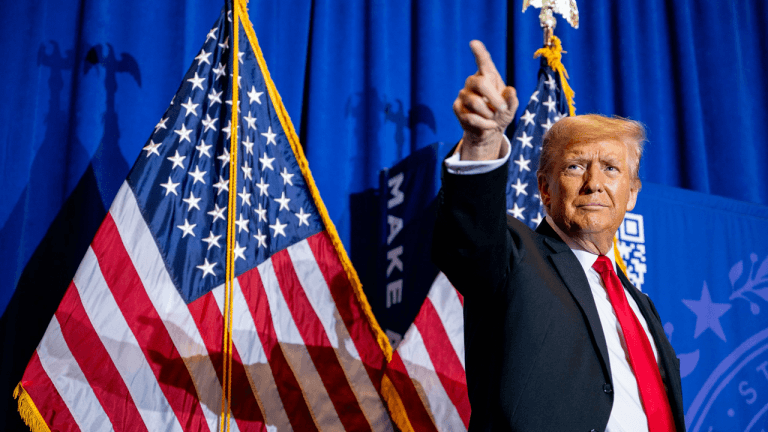
The crypto and blockchain industry has blossomed into a large sea of activity and development, divided into various niches.
The cryptocurrency industry has grown immensely in the years since it began. Following Bitcoin’s (BTC) launch in 2009, an entire industry has sprung up and flourished around the innovative asset and its underlying blockchain technology. People have created thousands of crypto projects, numerous different blockchains and a number of different blockchain technological specifications and variants.
With such a deep and vast industry, how do you know where to start if you want to get involved? Start with your interests and talents.
The cryptocurrency and blockchain industry (also sometimes referred to as simply the blockchain industry or the crypto industry) has branched out into a number of specific niches in which you can participate in various capacities. The factions of these industries explained in this article are not an exhaustive list, but provide a few examples of different niches within the space.
The niches mentioned are also not particularly coined or accepted industry-wide and may be grouped differently or classified differently, depending on who you talk to or what source you investigate. Some niches can also overlap with other niches within the overall industry.
Developers
Tech-savvy folks who can code might be interested in this section of crypto and blockchain. This could mean constructing decentralized applications, helping develop blockchains, or working on technical specifications for crypto assets. Developers put together the underpinnings of the industry’s solutions and assets.
To understand blockchain, check out — How does blockchain work? Everything there is to know
Numerous areas of potential interest fall under the developer category. The decentralized finance (DeFi) niche of the crypto space became prominent in 2020, introducing a whole new demand for digital asset swapping and related infrastructures. DeFi involves solutions for functions such as crypto-based loans.
To learn more about DeFi, read — DeFi: A comprehensive guide to decentralized finance
Another potential area for tech-interested folks is that of nonfungible tokens (NFTs), which exploded in prevalence in 2021, offering a new way to authenticate and track unique items of value. The NFT subdivision of crypto needs folks with technical skills to build out solutions around existing use cases, as well as explore uncharted usages of the tech.
Interested in NFTs? Check out Cointelegraph Magazine’s Nonfungible tokens quick guide
Traders
Crypto trading is similar to stock trading in some ways. The crypto industry boasts thousands of digital assets that each fluctuate in price. Trading crypto involves buying and selling assets in search of profit. Traders are not so much concerned with what an asset does and how it works as much as they are interested in whether or not they can buy assets and sell them at higher prices, or vice versa.
Traders may be interested in the latest news, looking to buy and sell based on hype or expectations. Traders also often use price charts, gauging price patterns and price indicators. Charting price action is called technical analysis. Additionally, since Bitcoin and other cryptocurrencies show asset movement publicly on their blockchains, analysts can come up with their own conclusions based on transactions and activity — known as on-chain analysis.
For more on crypto trading, read: How to trade cryptocurrencies: The ultimate beginner's guide
Trading can also overlap with the developer’s niche, as traders may want to build (or have someone else build) trading bots, customer chart indicators and other useful trading tools.
Regulation
How does crypto fit into countries’ existing laws and regulations? Should regions craft new laws and guidelines for crypto and blockchain? Regulation has been a growing area of focus as the crypto industry continues to develop for years to come.
Cryptocurrency classifications as assets have come along slowly. Bitcoin and Ethereum (ETH) are generally viewed as commodities, but the classification for the many other crypto assets in the industry has been less than clear.
The United States Securities and Exchange Commission (SEC) took action against Ripple in 2020 regarding the status of XRP, an asset Ripple has been involved with in various capacities over the years. Other regulatory action also exists in crypto and blockchain, such as the ongoing scene with crypto exchanges and their regions of operation.
Crypto or blockchain-interested folks in the mainstream legal or regulatory field might find an overlap of their passions by diving into crypto regulation in some capacity. This might include working on crypto projects’ legal and compliance teams, working with policy groups and think tanks, or serving directly within governments to elicit change.
Company builders
Leaders and visionaries may have the desire to improve the crypto space by creating a project or business that solves an identified problem or need. Innovators have birthed countless projects in the space over the years, helping to grow the industry from a single asset into an entire sector.
Building a company might involve identifying something that is missing in crypto or blockchain space, then subsequently hiring and leading a team focused on providing a particular solution to that problem.
For more about crypto regulation, read: Will regulation adapt to crypto, or crypto to regulation? Experts answer
Overlap in this category exists, as company builders may also have expertise in coding, regulation, or another of the aforementioned fields.
Content creators
Social media and internet growth have opened the door for participants to share their thoughts and expertise globally. Virtually anyone can learn vast amounts of information about the crypto space through YouTube, Twitter and other methods, and then add their own expertise to the equation by providing their own content.
Related: A new era of content monetization? Blockchain tech can get you paid
Content streams can include writing about crypto and blockchain on a personal blog or for a media company, making YouTube content, Medium posts, and more. Content creation can overlap with all of the other categories mentioned in this article as well. Developers, traders and regulatory professionals can all create their own content.





































